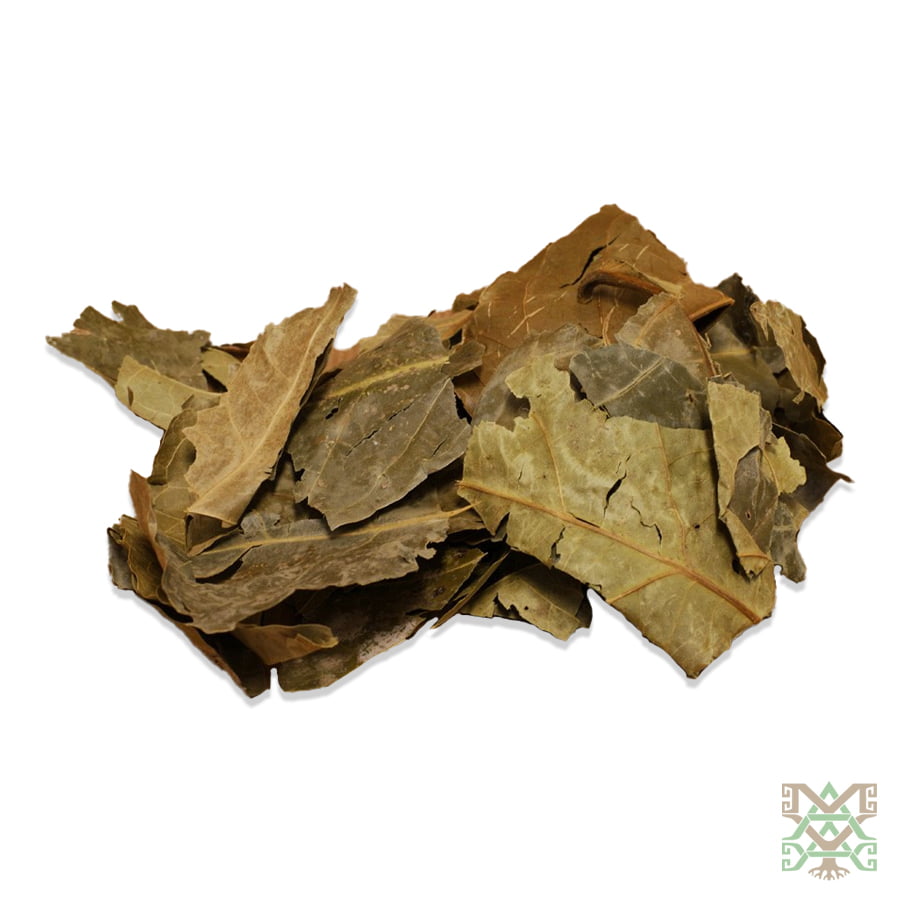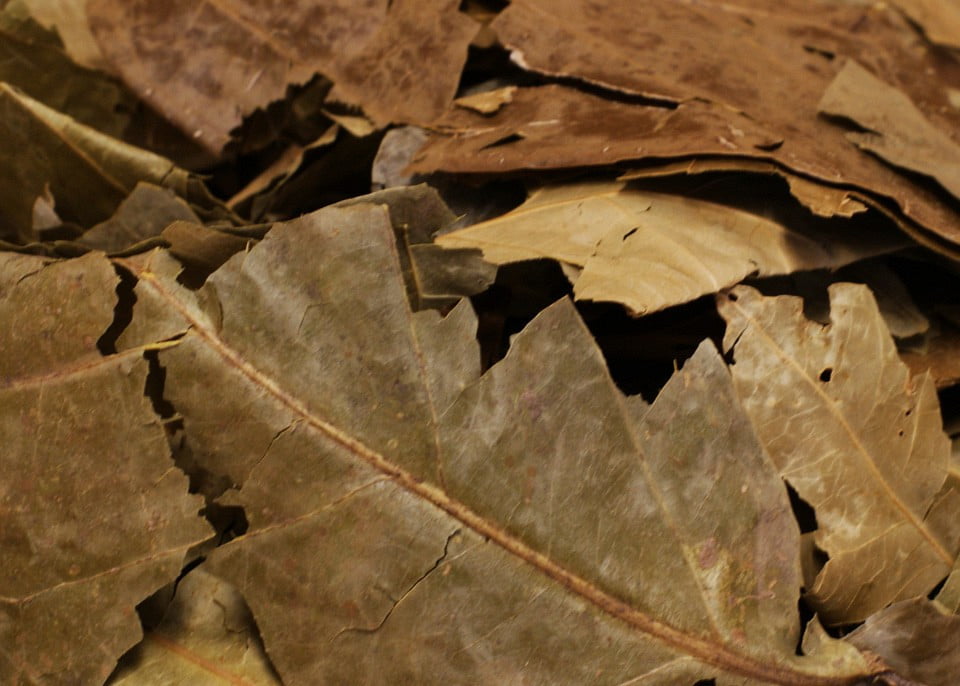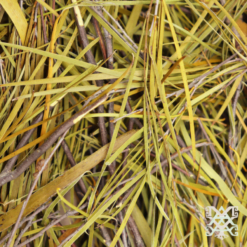Ajos Sacha (Mansoa alliacea) – Whole, Leaves from Peru
Desde € 6,17 Incl. VAT
Botanical name: Mansoa alliacea
Common name: Ajos Sacha
Plant part: Leaves
Form: Whole
Country: Peru
Region: Vista Alegre de Iparia, Ucayali
Tribe: Shipibo Conibo
Beschreibung
More about Ajo Sacha (Mansoa alliacea)
Family: Bignoniaceae
Genus: Mansoa
Other names: Adenocalymma pachypus, Adenocalymma sagotii, Pseudocalymma alliaceum, Pseudocalymma pachypus, Pseudocalymma sagotti, Bignonia alliacea, Pachyptera alliacea and Ajo Sacha
Parts Used: bark, leaf, root.
Ajo Sacha (Mansoa alliacea), known as the “opening of the way” in the Amazonian shamanic tradition. It is a highly revered plant instructor that is employed in a variety of settings, including as a tonic, in floral baths and as an ingredient in the ayahuasca brew. The native Indian tribes of the Amazon employ every part of the plant for “magical” or “spiritual” functions. They believe it has the power to drive away evil spirits while simultaneously having ingredients that can bring good fortune. The Shipibo-Conibo Indians give their dogs tea brewed from the herb’s bark to help them become better hunters.
Mansoa alliacea Common uses
Native indigenous communities frequently employ the shrub, Ajos Sacha, as a cleanser for the gastrointestinal tract and inner energetic pathways. These tribes venerate the plant for its power to drive away evil spirits. They use nearly the entire plant for a variety of reasons. It is widely recognised that an Ajo Sacha plant diet before an Ayahuasca retreat will facilitate the body’s easier absorption of the mother vine. Additionally, it appears to aid in distributing energy throughout the body, enabling one to withstand heavier workloads caused by other plant-based diets.
The shrub is frequently advised to plant dieters at times of significant transition in their lives due to its extraordinary strengthening powers. Mansoa Alliacea is well known for cleansing the body. It has been shown to be effective in treating fevers, colds, and headaches. Communities all over the Amazon have been using the shrubby garlic vine for decades, and it has undergone significant laboratory research.
The entire bush has been used in many mythologies and remedies. The stems and leaves are combined into a decoction and applied topically to relieve muscle pains or inflammations. As a general tonic for regeneration, a root tincture made with cane alcohol can be made. The Amuesha tribe of Peru makes tea from scraped roots to promote female fertility. A relaxing leaf bath may be prescribed to treat cramps or the flu. For headache relief, crushed leaves can be applied to the forehead.
Ajo Sacha (Mansoa alliacea) the science
Several of the primary sulphur compounds found in garlic, including allicin, diallyl disulfide, S-allylcysteine, and diallyl trisulfide, are also present in Ajos Sacha. These substances are in charge of giving Ajos Sacha its garlic-like flavour and aroma. These substances may account for more than half of all the substances in the leaves. They have undergone extensive research, and some have even become medications. They have been shown to combat atherosclerosis, lower blood pressure, protect the heart, lower cholesterol, reduce inflammation, reduce blood clots, and kill bacteria, viruses, fungi, parasites, and cancer cells. Two lapachone compounds, well-known plant chemicals from the Bignoniaceae family with confirmed anticancer and antibacterial effects, were said to be present in the garlic vine’s wood. Beta-sitosterol, stigmasterol, daucosterol, and fucosterol are well-known anti-inflammatory and antibacterial plant steroids found in the leaves and/or flowers.
Reviews (0)
Only logged in customers who have purchased this product may leave a review.
Disclaimer
Related products
Herbs (Plants)
Herbs (Plants)
Herbs (Plants)



















Reviews
There are no reviews yet.